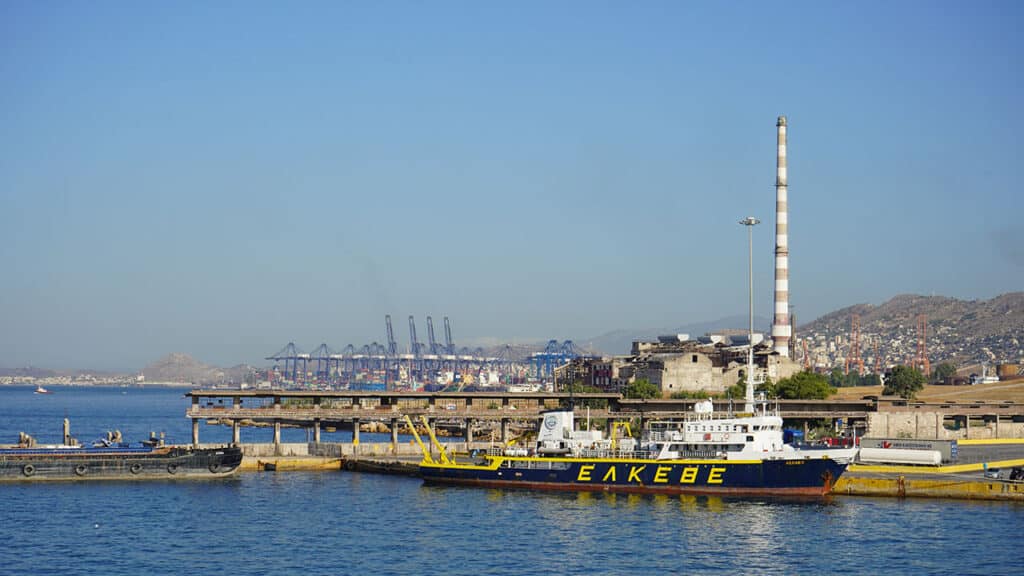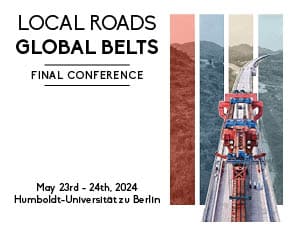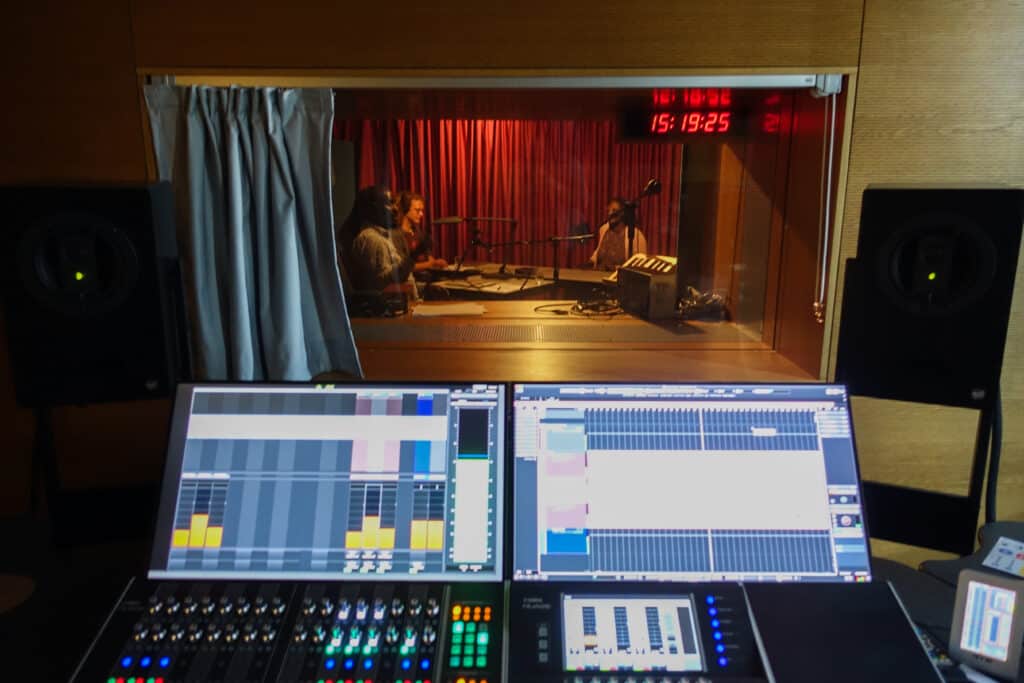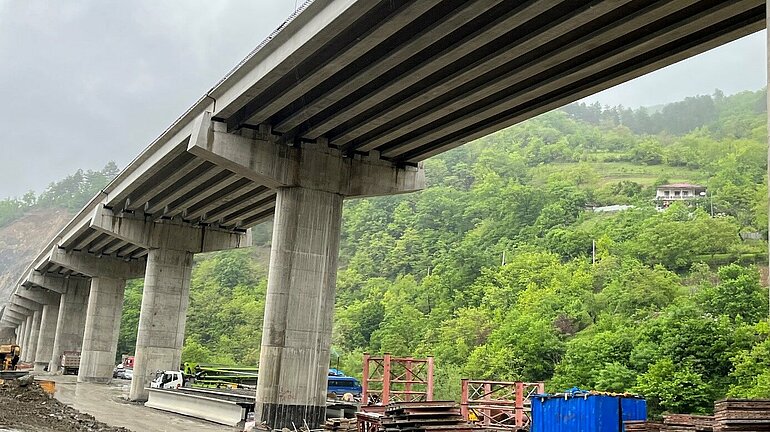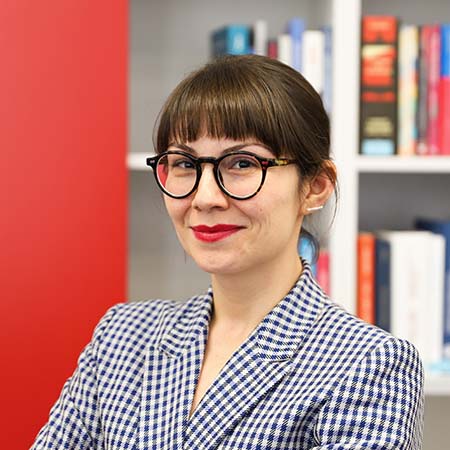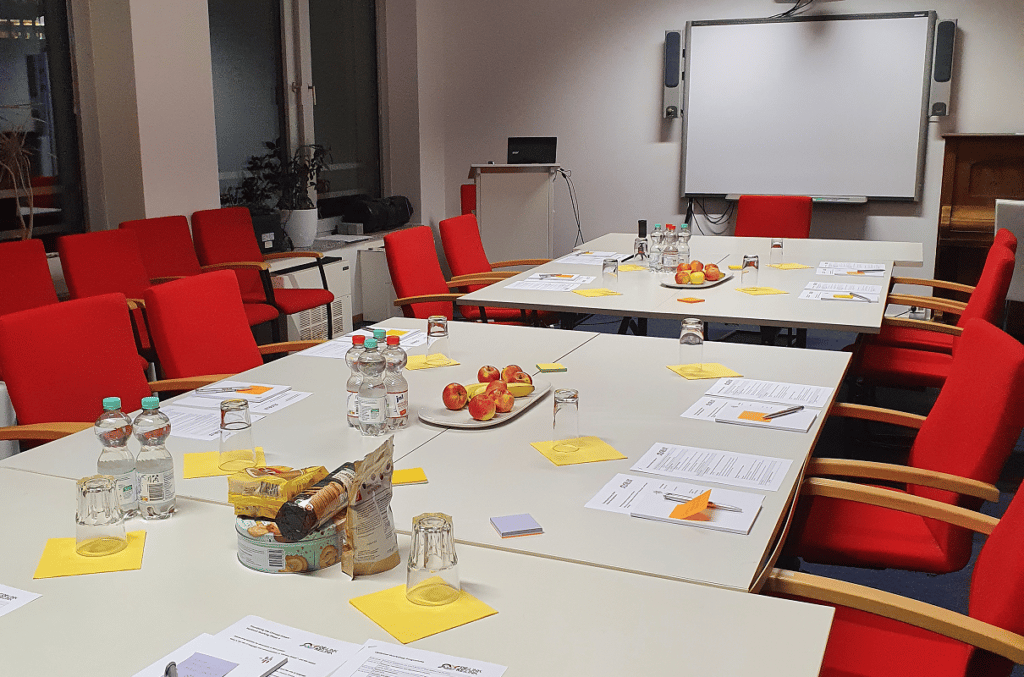Long Night of the Sciences 2025
We’ll be presenting our work at the Long Night of the Sciences on Saturday, 28 June 2025. Come by and see us at Humboldt-Universität zu Berlin for a language quiz, a blindfolded game of ‘guess the BRI country’, and short talks from some of our researchers. On top of all that, there will be an […]

